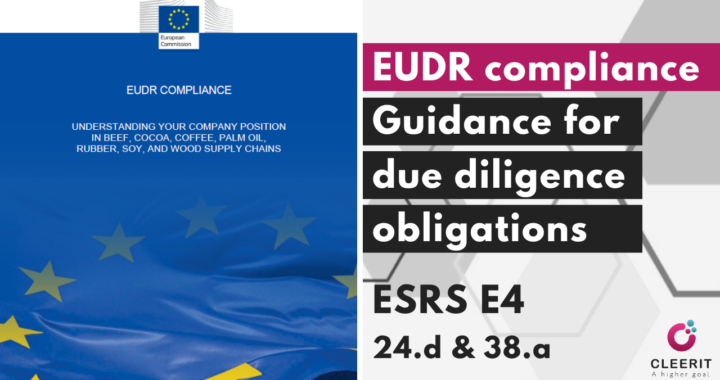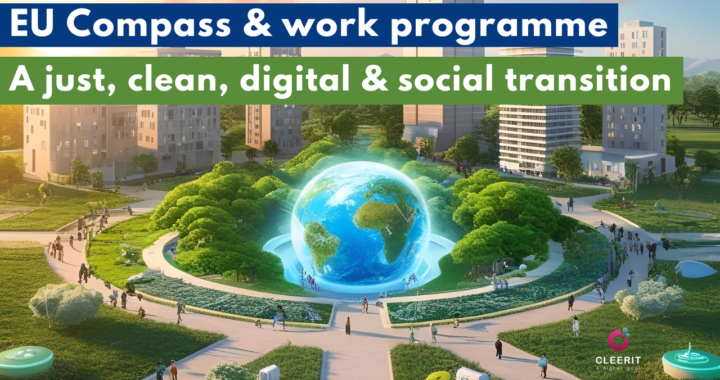Are you a 2nd wave CSRD in-scope company with less than 1000 employees, wondering what to do?
Some companies focus primarily on meeting reporting requirements, and now wonder where to concentrate their efforts, on ESRS or VSME? Or do nothing at all?
Other leading companies are already prepared and have discovered how structured sustainability reporting processes drive business value.
They use the ESRS standards as a tool to analyze their operations, identify risks and opportunities, and future-proof their business decisions and competitiveness.
The ESRS standards have been conceived to help you get future-ready.
That’s why they are based on your specific impacts, risks & business opportunities, and your plans to manage them.
VSME helps you share your sustainability information. It is an excellent choice for small companies to get started with a relevant and proportionate one-stop-shop report.
Your choice will be based on your specific circumstances, ambitions and possibilities.
⭕ Preparing with the ESRS standards – with a learning mind-set and based on your materiality assessment – is the best choice for you, if you
🌿 operate in a sector facing sustainability challenges (industry, real estate, transportation…) – chances are that demands from financial actors, business partners, customers and rating agencies will remain high for your company;
🌿 are more than 500 employees and up against listed 1st wave competitors – chances are that your competitors will come out on top if you are less prepared;
🌿 have already worked on your DMA – the difficult part is already done, and there are many phase-ins in ESRS, especially if you have less than 750 employees (no phase-ins exist in VSME – you will need to report on your own workforce from year one, for example).
⭕ If it’s your first time reporting on sustainability and you have not yet started your DMA,
🌿VSME is a good choice for 2025 – and a steppingstone to ESRS reporting should you choose to gear up in the future.
⭕ There is only one ‘wrong’ choice: to wait and do nothing at all.
The mega trend is a fact, and unless you choose to ignore the challenges of the future (already in motion), you need to get started – one way or the other.
If you wait, you will find yourself in the exact same position in two years, and chances are you will be way behind your competitors, and again struggling for time.
If you decide not to prepare, you are signaling to the market that you do not care about making sustainable business choices, or that you do not value transparency on these issues. Either way, it will not be good for business.
⭕ Read more
👇 You can read more about a leading group that use ESRS to X-Ray and future-proof their business here >>>
And if you want to use our digital ESRS and VSME templates with built-in guidance 👉 you are welcome to contact us
#getCSRDready, #CSRD, #ESRS, #VSME


